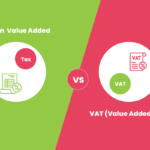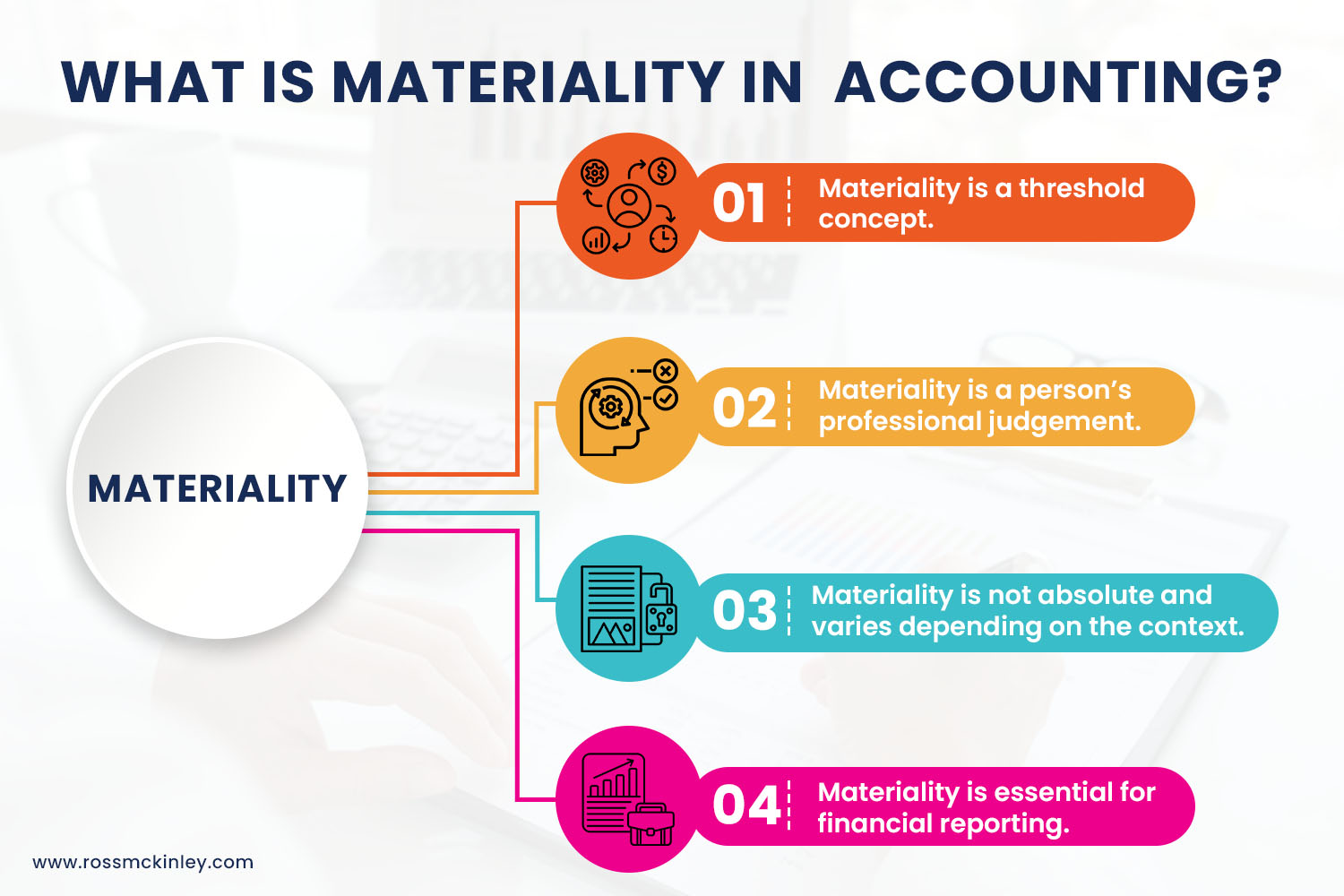
What Are the 5 Types of Accountants?
October 29, 2024
Tax on Value Added vs VAT: How Are They Different?
November 11, 2024What Is Materiality in Accounting???

Accounting may seem like a world of strict rules, but there’s room for judgment when deciding what’s relevant to include in financial reports. This flexibility comes from the concept of materiality, which helps determine whether the inclusion or omission of certain information could impact decisions made by users of these reports.
Materiality acts as a filter in financial reporting, guiding businesses on what’s important enough to disclose. Materiality can vary based on a company’s size, industry, and specific circumstances. Understanding materiality is important for both those relying on financial information and those preparing it.
In this article, we’ll explore the concept of materiality in accounting and how it can help you make informed decisions about financial reporting.

Table of Contents
Materiality in Accounting
Materiality in accounting refers to the significance of an amount and its impact on financial statements. Accountants classify large sums of money as material because they can influence the company’s financial health.
Smaller amounts, on the other hand, are often considered immaterial since they don’t greatly affect the company’s financial standing. Determining whether an amount is material relies on professional judgment.
Another aspect of materiality involves the effect of an omission or error in financial reports. If a mistake could mislead a user or change their decision, it’s considered material. However, if the error is unlikely to influence decisions, it’s considered immaterial. Accountants carefully assess both factors when evaluating financial data.
What are Some Uses of Materiality?
Accountants use the concept of materiality in various ways throughout the accounting process. They use this principle to enhance the efficiency of their activities, sometimes bypassing less relevant accounting standards.
Understanding the importance of materiality allows accountants to focus on significant information, ensuring clarity in financial statements.
Here are the situations that highlight some uses of materiality:
To Conduct Minor Transactions
Accountants often consider small transactions as immaterial. It occurs when a financial controller is ready to close the books for a specific accounting period.
If minor transactions do not significantly affect the overall financial statements, accountants can leave them out of the final calculations. You can use it to streamline the reporting process and focus on the more important figures.
When Applying Accounting Standards
One way accountants use materiality is when applying accounting standards for materiality. If they view a transaction or amount as immaterial to the company’s financial statements, they might skip the standard procedures for that specific item. Such approaches help speed up the accounting process and improve overall efficiency for the accountants.
Capitalization Limit
Accountants often classify small expenditures as expenses if they consider them immaterial to the financial statement results. When accountants view these expenditures as material, they include them in the financial statements and apply capitalization and depreciation over time.
This can significantly affect the final financial reports. A material expenditure that requires tracking and depreciation adds more work for the accountant.
Moreover, you need to monitor it continuously. Accountants can deem it immaterial and classify it as an expense; accountants save time and create efficiencies in their accounting activities.
How Can You Assess Materiality?
There isn’t a standardized method for calculating or assessing materiality. The accountant’s decision to apply materiality mainly depends on their judgment while preparing the financial statements.
One important factor is that materiality is relative to the company’s size, so there isn’t a universal threshold. Instead, it varies based on the company’s scale and the size of the transaction. Accountants can assess materiality by applying the following principles:
Decide a Benchmark
Accountants can select from various financial figures as a benchmark and assess materiality and decision-making.
It serves as a reference point for measuring transactions to determine if they are material or immaterial. Common benchmarks include gross revenue, gross profit, operating income, net profit, total assets, and shareholder’s equity.
The most frequently used benchmark for profit-making companies is operating income from continuing operations. However, it may change if the company faces a loss or generates only a small profit.
Find the Percentage Threshold
The next step is to choose a materiality threshold that helps accountants classify transactions as material or immaterial. These thresholds can be a fixed percentage or a range within which the amount falls to be considered immaterial.
A fixed percentage follows a single-rule method, while a variable-size rule method uses a sliding scale. For example, under the single-rule method, a transaction may be considered immaterial if it costs less than 1% of the company’s total revenue or 5% of its pre-tax income.
Document All Judgements for the Benchmark and Threshold
After determining the benchmark and threshold for materiality in accounting, accountants must document their judgments. However, they must also include justifications for each decision.
This documentation provides a clear record for financial controllers or auditors to reference when needed. Having a written record helps ensure transparency and accountability in the assessment process.
Apply All Calculations to Your Transactions
With the benchmark and threshold finalized, accountants can apply them to their transactions. They will assess each transaction to determine if it qualifies as material or immaterial.
This process helps accountants identify which transactions can be excluded from the financial records, streamlining the reporting process and focusing on significant figures.
Conclusion
Understanding materiality in accounting is like knowing which ingredients matter when baking a cake. You wouldn’t skip the sugar, right? Similarly, grasping what’s material helps accountants decide what financial information they must include in their reports.
Keep revisiting your benchmarks and thresholds as your business evolves to enhance your knowledge. Think of it as spring cleaning for your financial statements! Also, don’t hesitate to chat with industry peers and ask them questions when you feel stuck. Discussing with your peers will help you understand where you stand and how to rise as an industry leader.
Master the concept of materiality in accounting, and prepare to present financial information that reflects your company’s performance and makes decision-making much easier—and maybe even a little fun!
